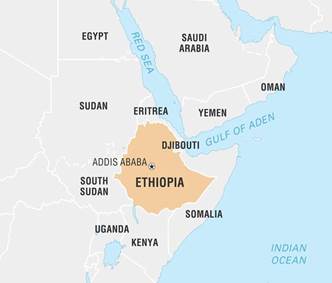Free Courses Sale ends Soon, Get It Now


Free Courses Sale ends Soon, Get It Now



Disclaimer: Copyright infringement not intended.
Context:
Details:
About the country:
About the conflict:
What led to the current conflict?
How bad is the humanitarian situation?
Foreign influence:
https://epaper.thehindu.com/Home/ShareArticle?OrgId=GUUAEEFK6.1&imageview=0
© 2024 iasgyan. All right reserved